

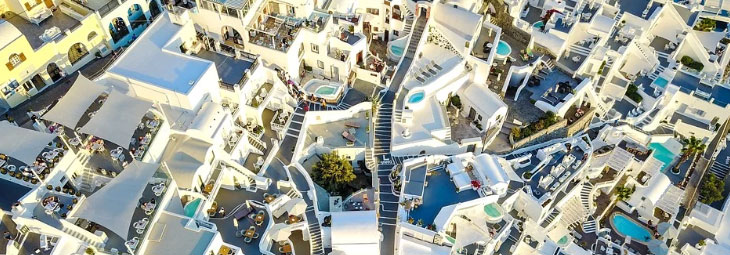
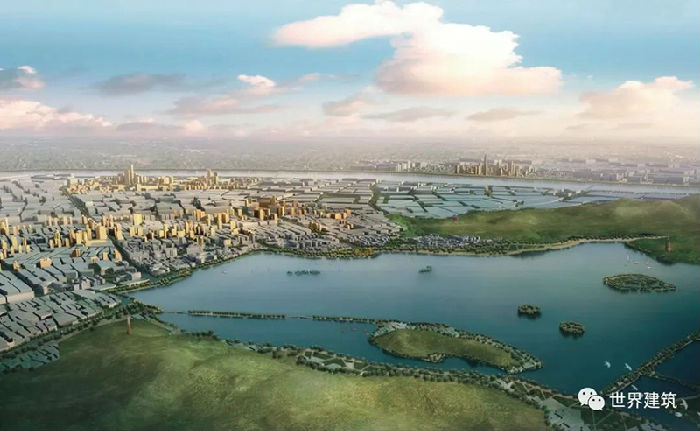
West Lake is a perfect example of traditional Chinese landscape gardens boasting a long history and abundant culture. This project aimed at upgrading the landscape of West Lake against the background of applying for the World Cultural Heritage Site. The planning and design began with an overview of the natural and human history of the formation of the West Lake, to develop a clear idea of its scenic value and the reasons behind its extensive influence both at home and abroad. The project succeeded in creating and practicing the GPS- and GIS-based approaches in researching the distribution pattern of random vantage points and embarked on the study of relationships between "atmospheric visibility" and view admiring, thus providing key scientific data for the landscape renovating and upgrading of the West Lake. The planning and design process, guided by the philosophy of "alleviating the old part of the city, integrating the city and the lake and creating a city with natural landscape", applies the theories of morphological control for large-scale spaces, visual landscape evaluation and urban centre system development that based on urban design in a comprehensive way. It conducts an analysis of the morphological distribution of heights of a city in the future in order to come up with different approaches of urban landscape control over the east bank of the West Lake. A height distribution of "two cores with four auxiliaries", a landscape axis of "landscaped green vein", tourist routes featuring an "integration of sightseeing and travelling", and an architectural style accentuating the "beautiful, obscure, harmonious and intricate" features of buildings are proposed as comprehensive strategies of upgrading the landscape.
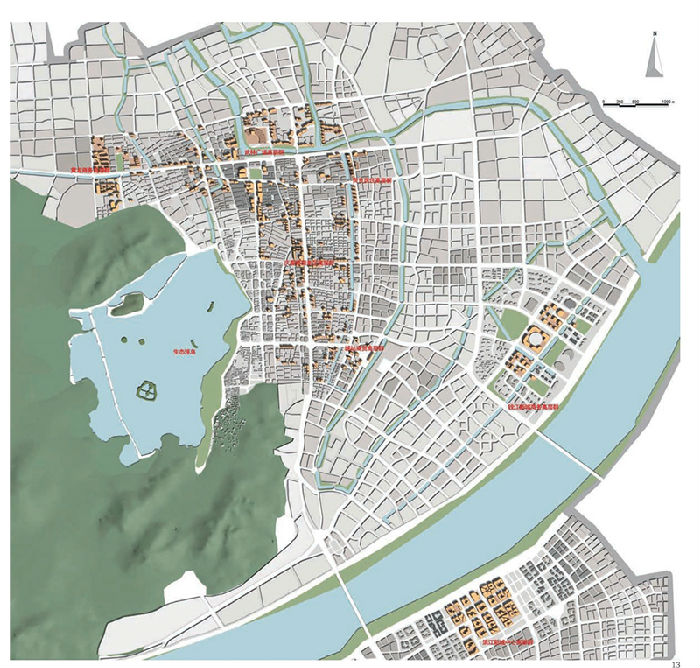
General layout

Elevation around West Lake
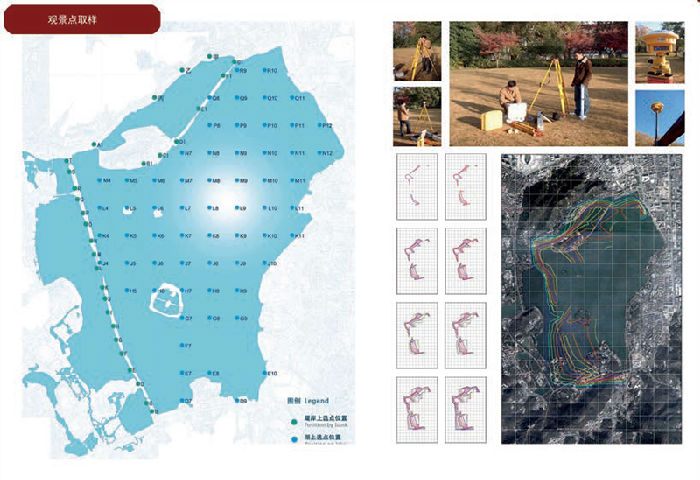
Selection of scenic spots and determination of equal sight line
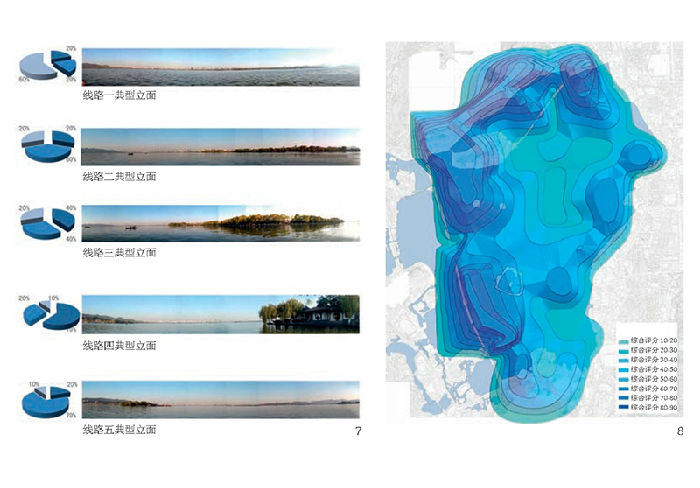
Relationship between landscape and tour line
Design Team: WANG Jianguo, YANG Junyan, CHEN Yu, XU Ning, et al.
Scale: 45 km2
Design Period: 2008-2009
Source: <https://mp.weixin.qq.com/s/G6ZNYSPXqYVIsi1hKvKWlQ>
Edited by Mengyuan Jia